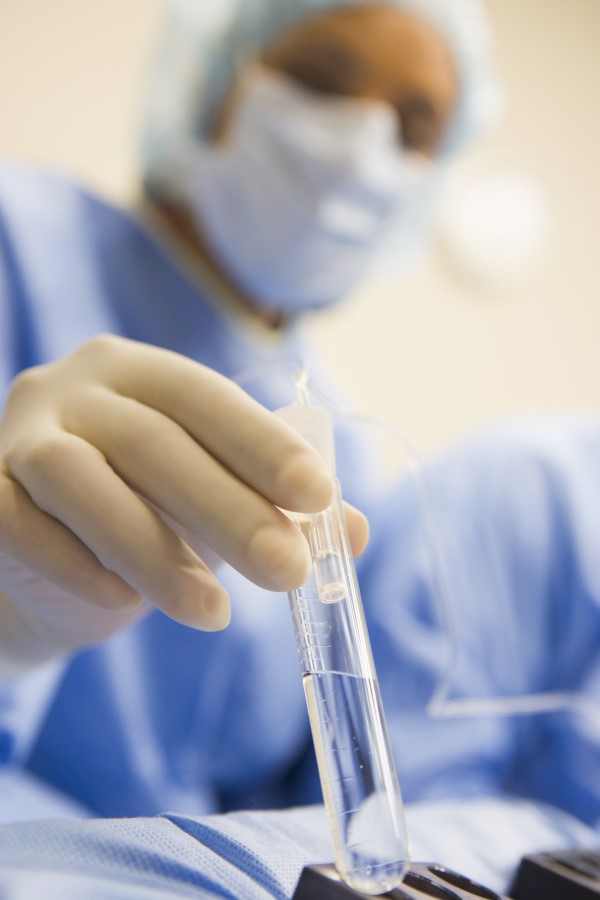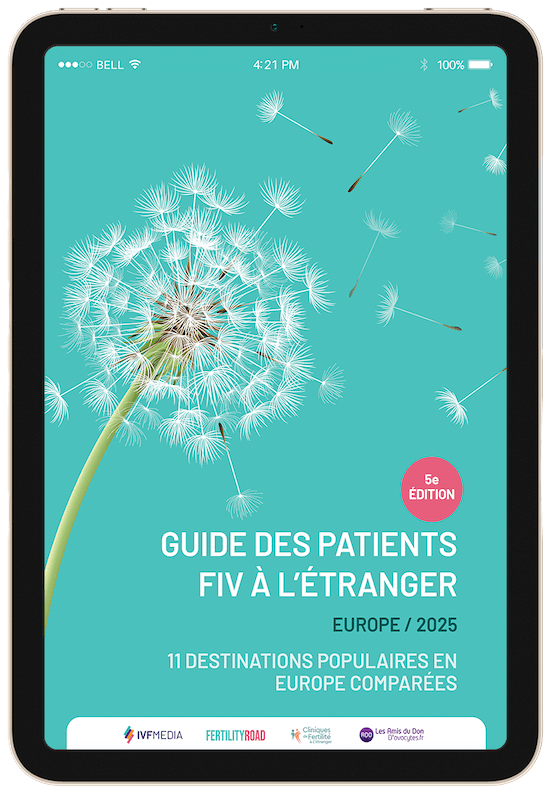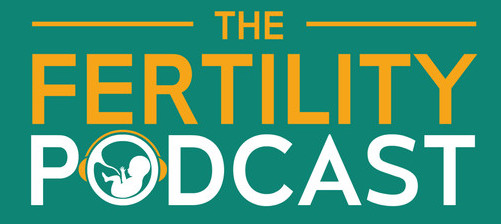Embryo Transfer- How Many to Put Back?

How many embryos to put back
You’ve made it to the embryo transfer stage – great! But now comes the decision about how many to transfer. IVF clinics aim to get their patients pregnant as quickly as possible of course. This will give the clinic a better reputation and make it successful, which in turn will attract more clients. However, they should be pursuing these aims responsibly. As you are aware, there are risks associated with multiple pregnancy. In the UK, the Human Fertilisation and Embryology Authority (HFEA) set a target for clinics to reduce the multiple birth rate to 10% for all treatments beginning October 2012. They are trying to promote single embryo transfers as the most appropriate course of action for women most likely to get pregnant. While this includes women under 37 years with good embryos, it will also include women who opt for egg donation.
The clinics I visited told me that the majority of women who travel abroad want at least 2 embryos transferred. The reason is that they have come so far and wish to maximise the chance of success. It would be sensible to have a discussion with the embryologist and doctor about the number of good-quality embryos that you have available for transfer. Most responsible IVF clinics will do this. There will be understandable pressure to give you the best chance of success, but you should bear in mind the risks associated with multiple pregnancy.
Clinics have a preference for when they will transfer embryos. It may be blastocysts or it may be that they prefer day 3 transfers. This is usually based on laboratory experience, the quality and quantity of embryos and any information they may have gleaned from using embryo monitoring. If you have few embryos and they are not developing normally, then the preference may be to transfer early rather than leave them until they become blastocysts. There are so many scenarios that it is best to discuss with your embryologist and doctor.



